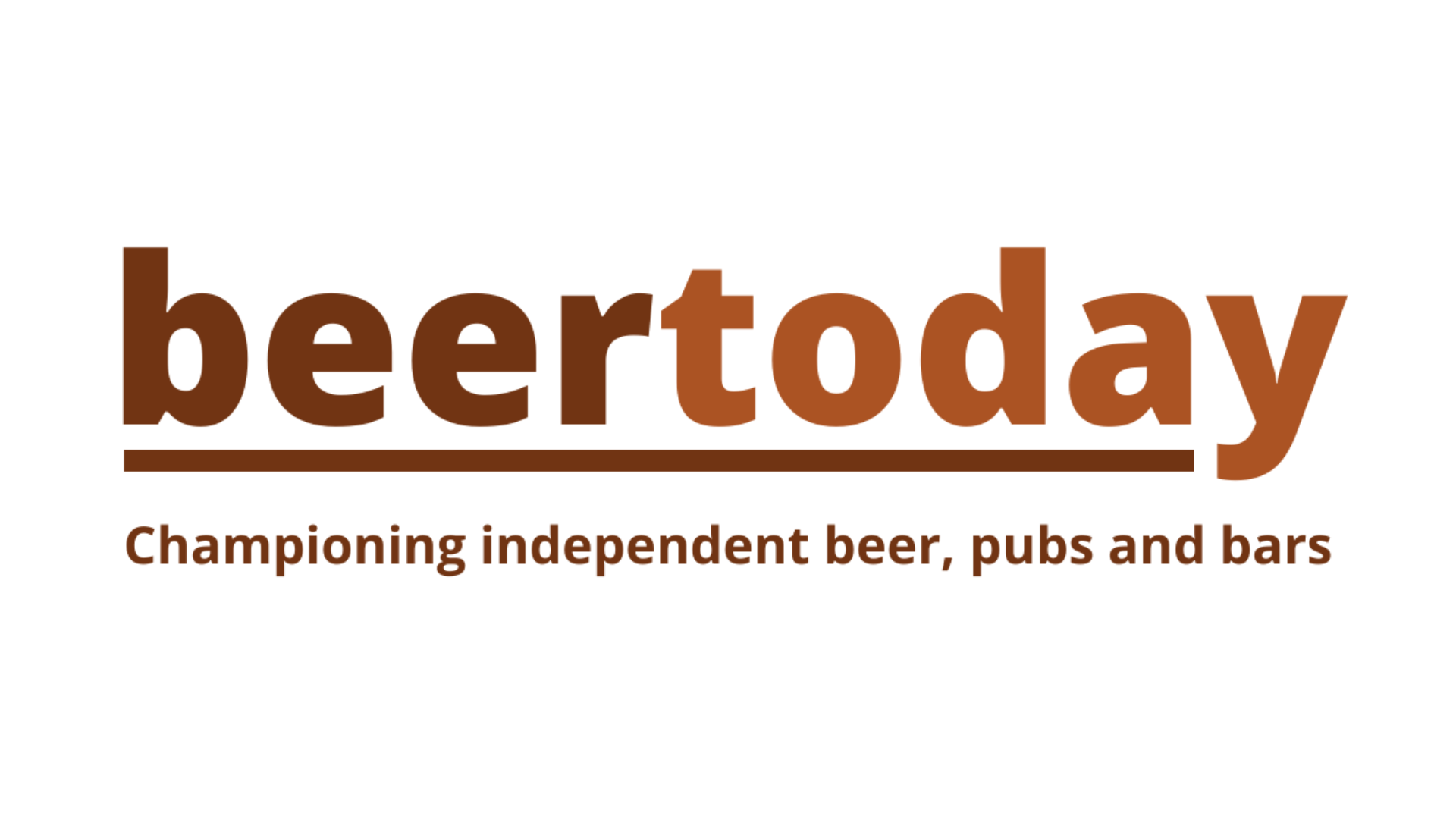The Brewers Association has released its beer style guidelines for 2022. Reviewed annually, these serve as a model resource for brewers, beer judges, and competition organisers.

Photograph: Brewers Association
The Brewers Association has compiled these guidelines and descriptions since 1979. Categorising such a complex beverage as beer is a difficult and multifaceted challenge. The BA relies on beer industry experts, physical beer analysis, and sources from commercial brewers from around the world to help develop the resource.
Although there are no new style additions this year, many significant revisions, clarifications, and hundreds of punctuation and grammar corrections were made, especially in the following categories and areas:
- Experimental India pale ale
- Many clarifications about categorising beers
- Session beer
- Session India pale ale
- Standardised verbiage in juicy or hazy styles
- Traditional Belgian-style gueuze
- Bohemian-style pilsener
- American lager categories
- American-style India pale lager
- Specialty beer
- Chilli beer
A few examples of significant updates include:
- adding several hybrid India pale ale styles to the experimental IPA category
- modernising session beer and session IPA to adjust the lower end of ABV downward to 0.5%, as brewer interest in lower ABV beers has increased rapidly over the past two years
- and standardising language on juicy or hazy styles based on brewer and judge feedback, and adding verbiage about ‘hop burn’
“As the craft beer landscape continues to evolve, we want to ensure that our beer style guidelines continue to be a trusted resource worldwide and are in stride with the innovation that continues to be brought forward,” said Chris Swersey, competition director at the Brewers Association.
“We took 2022 as a year to focus on housekeeping, to address some discrepancies within the exiting beer styles, and for a small number of significant updates to certain beer styles.”
The guidelines are a direct product and blend of historical significance, traditional authenticity, and popularity in the current craft beer consumer market. Adding in a style, or modifying an existing style of beer, is taken very seriously and can only be done after extensive expert consultation, research, and analysis of market factors.
Expert feedback
That process takes in an array of elements and can take a long period of time to complete. Another consideration when adding or modifying a style guideline is that commercially available examples are always in flux and may not be representative of historical versions or records of the style.
“With so many diverse beers being made, we rely on expert feedback to help identify categories that need an update to ensure the beer style guidelines remain as current and relevant as possible,” said Swersey.
“We are grateful for the feedback provided by drinkers, brewers, and judges alike from around the world, which helps us compile this trusted resource for the greater craft brewing community, and which in turn improves our shared understanding of international beer styles.”


